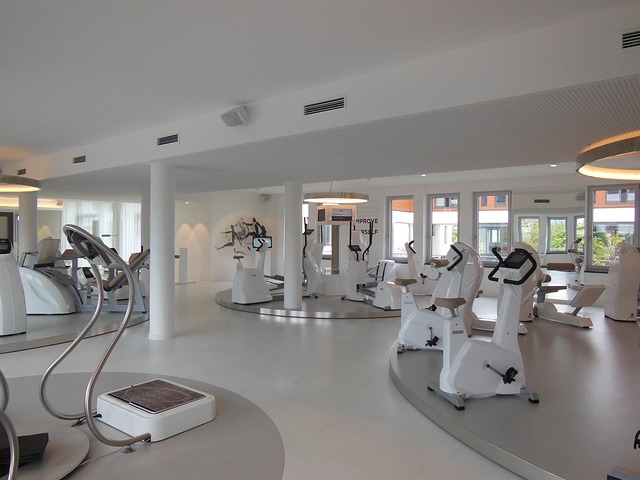Nordic walking, a low‑impact exercise that blends hiking with a controlled arm movement, has become a popular choice for people seeking a comprehensive approach to health. By engaging both the upper and lower body, this activity improves endurance, strengthens muscles, and elevates heart rate without the joint strain common in running. Its versatility makes it suitable for all ages, and its simplicity means you can begin with minimal equipment—just a pair of well‑fitted walking poles and comfortable shoes. When paired with mindful nutrition, Nordic walking can help you maintain a balanced, energetic lifestyle.
The Physical Benefits of Nordic Walking
Unlike conventional walking, Nordic walking incorporates a full-body rhythm. The poles trigger a powerful shoulder and arm swing that translates into increased calorie burn—often 20–30% more than regular walking of the same pace. This added activity recruits the core, improves posture, and enhances balance, reducing fall risk, especially in older adults.
- Cardiovascular health: Sustained effort at a moderate intensity raises heart rate and improves blood circulation.
- Muscle tone: The upper-body workout targets the triceps, biceps, and back, while the lower body engages quadriceps, glutes, and calves.
- Joint protection: The pole support reduces impact on knees and hips, making Nordic walking suitable for people with osteoarthritis.
Weight Management and Energy Expenditure
For those aiming to shed or maintain weight, Nordic walking offers an efficient calorie‑burning routine. A 70‑kg person can expend roughly 300–400 calories in a 45‑minute session at a brisk pace, depending on terrain and intensity. Because the activity stimulates both large muscle groups, the afterburn effect—continued oxygen consumption post‑exercise—is more pronounced, helping to keep metabolism elevated for hours.
Nutrition for the Active Walker
To support the demands of Nordic walking, nutrition must be tailored to fuel endurance, repair tissue, and sustain energy levels. A balanced approach involves three key pillars: carbohydrates for quick energy, proteins for muscle recovery, and healthy fats for sustained stamina.
Pre‑Workout Fuel
A light meal or snack 30–60 minutes before walking should contain easily digestible carbs—such as a banana, whole‑grain toast with honey, or a small bowl of oatmeal. Adding a protein source, like a tablespoon of peanut butter or a yogurt cup, helps stabilize blood glucose during the session.
Post‑Workout Recovery
Within 30 minutes after finishing a walk, aim for a recovery snack that pairs carbs with protein. A protein shake, a turkey sandwich on whole‑grain bread, or a smoothie with Greek yogurt and berries can aid muscle repair and replenish glycogen stores. Hydration is equally critical; replace electrolytes lost through sweat with a natural electrolyte drink or a glass of coconut water.
Hydration and Daily Energy Planning
Even on mild days, walking outdoors can lead to significant fluid loss. A simple rule is to drink at least 200 ml of water every 15 minutes during moderate effort. For longer or more intense sessions, consider adding a pinch of sea salt or a sports‑drink powder to maintain sodium levels. Monitoring urine color—pale yellow indicates proper hydration—provides a quick visual cue.
In addition to fluids, aligning your daily meal schedule with your walking routine can maximize energy. Eating a balanced breakfast rich in complex carbs and proteins sets the tone for the day. A mid‑morning or mid‑afternoon snack—such as a handful of nuts or a fruit—keeps blood sugar steady, preventing the mid‑day slump that can sabotage a planned walk.
Integrating Nordic Walking into Daily Life
Consistency is key to reaping long‑term benefits. Rather than treating Nordic walking as a one‑off exercise, embed it into everyday habits. Commute to work or school on foot, opting for routes with gentle inclines. Take the stairs instead of elevators and park farther away to extend your walk. During lunch breaks, use the time to do a quick 10‑minute brisk walk with poles—this keeps the heart rate elevated and refreshes the mind.
“A daily walk can be a powerful antidote to a sedentary lifestyle; adding poles turns it into a full‑body workout with minimal time investment.”
Mindfulness and Mental Health
Beyond the physical, Nordic walking promotes mental well‑being. The rhythmic motion, coupled with fresh air and nature exposure, stimulates parasympathetic activity, reducing cortisol levels. Many practitioners report increased focus, improved mood, and reduced anxiety after a session. By practicing breathing techniques—inhale through the nose, exhale through the mouth—walkers can deepen the meditative quality of the activity.
Getting Started: Gear and Technique
While you can begin with inexpensive, flat‑tip poles, investing in a pair that adjust to your height—typically 120–180 cm—optimizes comfort. Look for ergonomic grips and a lightweight shaft, especially if you plan longer excursions. Proper pole technique is crucial: hold them at a 45‑degree angle, engage the shoulder blades, and allow a natural arm swing that does not interfere with walking cadence.
- Start slow: Focus on posture before adding speed.
- Maintain a steady stride: Keep your pace consistent, using the poles to guide and support.
- Watch your knees: Avoid over‑extension; let the poles absorb impact.
Common Pitfalls and How to Avoid Them
Even seasoned walkers can fall into bad habits. Over‑using the poles can lead to shoulder fatigue; under‑using them defeats the purpose. Neglecting hydration or misreading intensity can also compromise safety. Listen to your body: a sharp, persistent shoulder ache signals the need for rest or a technique adjustment. If you feel dizziness or breathlessness, pause, hydrate, and assess your pace.
Closing Thoughts
Nordic walking offers a holistic pathway to health—combining efficient cardio, strength training, and mental relaxation. When paired with thoughtful nutrition—balanced macros, adequate hydration, and timing aligned to activity—it creates a synergistic effect that sustains energy and supports a healthy lifestyle. Whether you’re a beginner aiming to improve cardiovascular fitness or an experienced athlete seeking a low‑impact supplement, incorporating Nordic walking into your daily routine can yield measurable benefits across the board.




